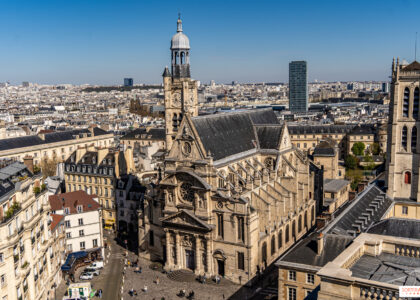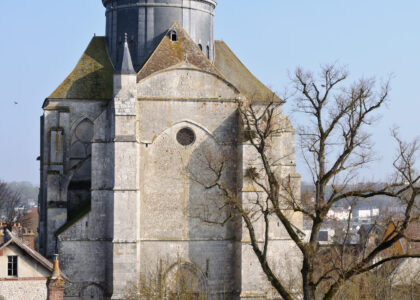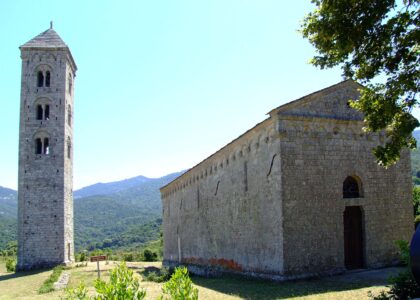Welcome to the Colonial Industrial Quarter in Bethlehem, Pennsylvania, a remarkable site that showcases the ingenuity and industrious spirit of America’s earliest settlers. Founded in 1741 by the Moravians, a Protestant group from what is now the Czech Republic, this area became the first industrial park in what would become the United States. Under the leadership of Count Nicholas Ludwig von Zinzendorf, the Moravians established Bethlehem as a communal society, dedicated to self-sufficiency and innovation.
The Colonial Industrial Quarter was strategically established along the banks of the Monocacy Creek, utilizing the water flow to power a variety of industries. By 1743, the Moravians had constructed essential workshops, including a sawmill, grist mill, and blacksmith shop, quickly expanding to accommodate around 50 different crafts and trades by the mid-1750s. This thriving hub of activity made Bethlehem a center of industry in the American Colonies.
Notably, the Quarter is home to the 1762 Waterworks, recognized as the first pumped municipal water system in the nation. This pioneering achievement caught the attention of John Adams, who visited in 1777 and described Bethlehem as a ‘curious and remarkable town.’ Adams was particularly impressed by the advanced mechanical arts practiced here, noting the high-quality mills and dye houses.
Over time, the area evolved significantly. The original log structures were replaced with durable limestone buildings, some of which still stand today, like the 1761 Tannery and the Luckenbach Mill. However, by the mid-1800s, many original buildings were repurposed or demolished, and by the 1950s, the area had declined into a junkyard.
Thanks to the efforts of preservationists like Ralph G. Schwarz, the Quarter was revitalized in the 1960s. Today, it is a beautifully preserved historical site hosting events such as Musikfest and the Celtic Classic, attracting visitors from around the world. The Colonial Industrial Quarter offers a window into the past, illustrating the Moravians’ impact on early American industry and their ability to marry art and innovation to improve community life.






